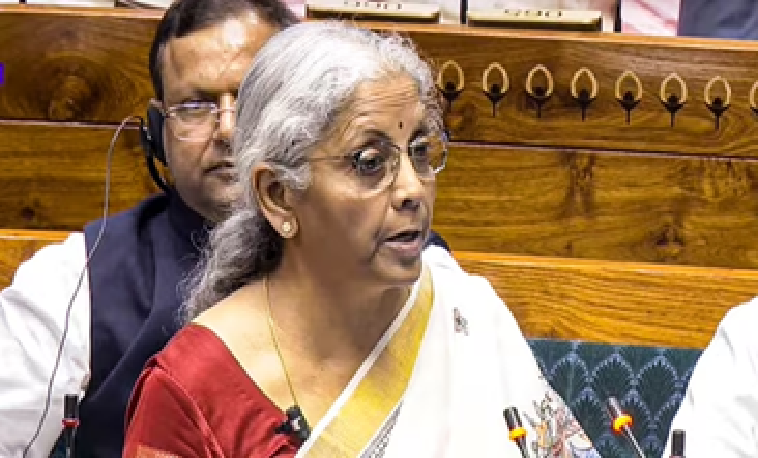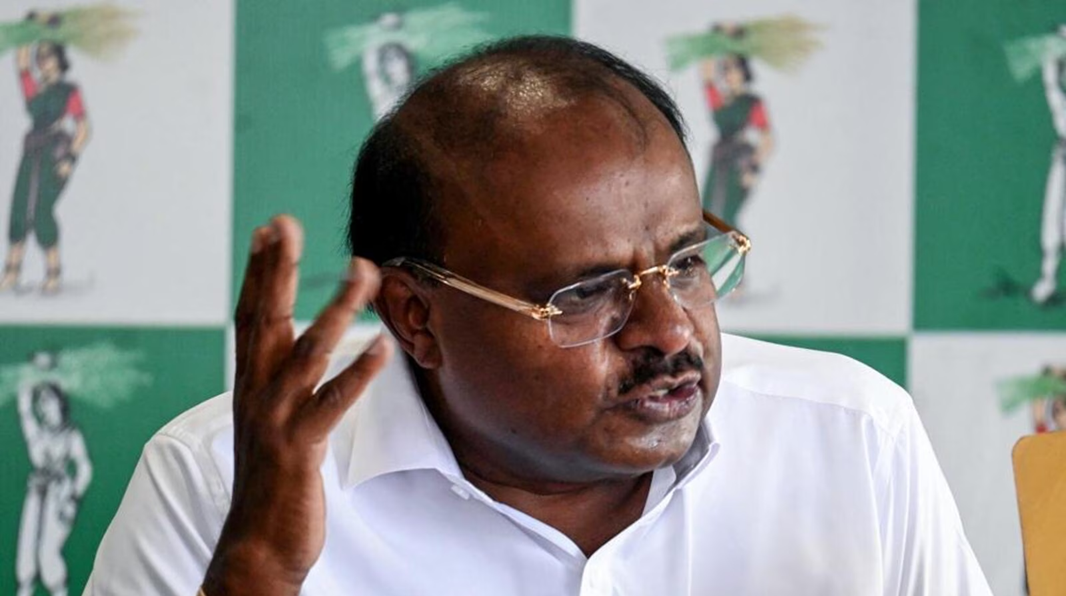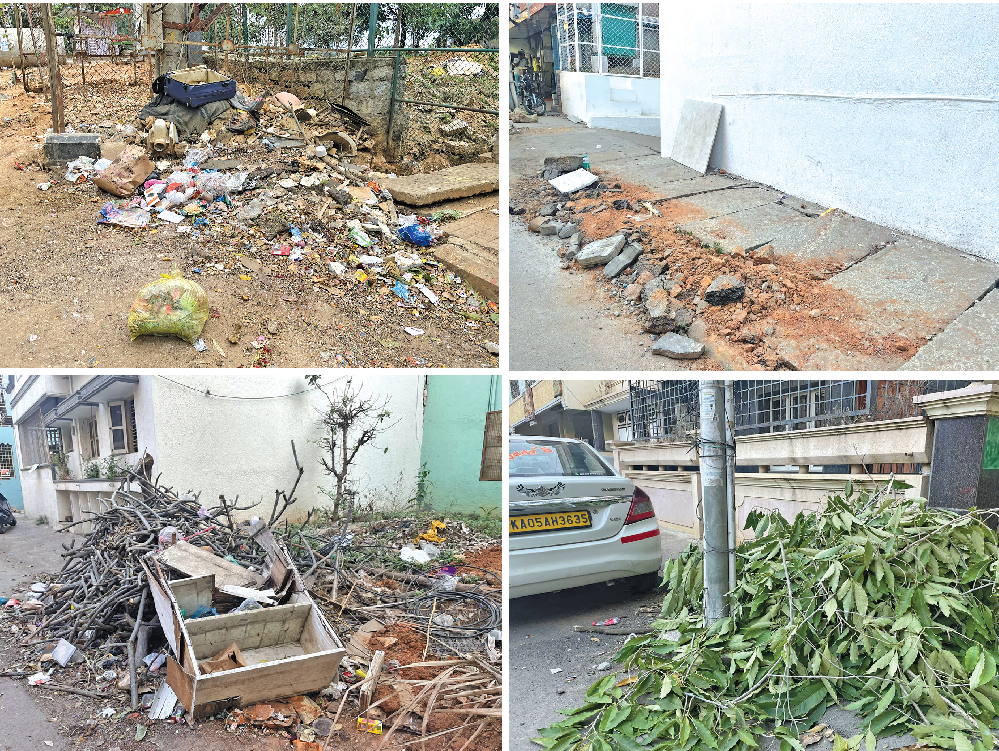
India can expand and reduce emissions simultaneously: Montek Singh Ahluwalia
"Electricity provides energy you need for growth. First and foremost, this calls for extensive electrification. Use electricity instead of fossil fuels"
V Aishwarya | NT
Bengaluru: Recently, Dr Montek Singh Ahluwalia delivered a talk in which he discussed policies that would be necessary to reduce India's carbon emission to zero by 2070. Following the 45–50 minute session, Sameer Sisodia and the audience took questions. Bangalore International Centre held the event in collaboration with the Centre for Social and Economic Progress (CSEP).
Since our emissions have been continually increasing up until now, achieving the goal won't be simple. Then we must pull it back down when they have peaked. There is no one-size-fits-all method to accomplish this. Multiple sectors will require action, and the Central government, the State government and even the municipalities are all responsible for implementing the appropriate policies.
Power, transportation and industry are the three key sectors. The potential for action in each will be examined, outlining what the Centre and the States must do. This endeavour’s success will largely depend on how technology develops.
Although this is fundamentally unclear, there is cause for optimism because everyone will work toward such technological advancements. Additional investments, some from the public and private sectors, will be needed to achieve the transformation envisioned. The talk will focus on the potential uses for each component.
Dr Ahluwalia explained how climate change has affected GDPs and productivity in various nations and how the COP26/COP27 agreements offer a chance to start looking into how developed and developing countries might share responsibility for decreasing carbon emissions: What do different accepting responsibilities look like? Who is providing funding for the global Net Zero/Just Transition? What strategies can developing nations use to better prepare for meaningful discussions and their futures?
In the discussion, the economist noted that increasing the gross domestic product's energy efficiency had historically been the strategy for reducing emissions growth (GDP). However, in the current situation, that would not be sufficient on its own. He then described the approach that might be used moving forward with that in mind.
"Electricity provides the energy you need for growth. First and foremost, this calls for extensive electrification. Use electricity instead of fossil fuels wherever possible," he said.
And switching to renewable energy sources must be linked with that. The final sentence is crucial. Ahluwalia argued that simply electrifying a system does not cut emissions. "If coal is used to generate electricity, pollution occurs somewhere."
However, the status of technology today provides opportunities that enable moving away from coal. "The significant technological advance is that coal and renewable energy are cost-competitive. Costs are declining and are likely to continue to do so in the future," he added.
As a result, you may satisfy a growing demand for electricity while switching to clean energy sources to prevent emissions from being produced due to increased electricity production. Montek Singh Ahluwalia has played a significant role in shaping Indian economic policy. His writings on various facets of development economics have appeared in prestigious Indian and foreign journals and books.
‘Re-distribution with Growth: An Approach to Policy’, a ground-breaking book on income distribution, was coauthored by him and released in 1975. He released ‘Backstage: The Story Behind India's High Growth Years’ in February 2020, which is an insider's view of policymaking from 1985 to 2014.
 English daily published in Bengaluru & Doha
English daily published in Bengaluru & Doha






